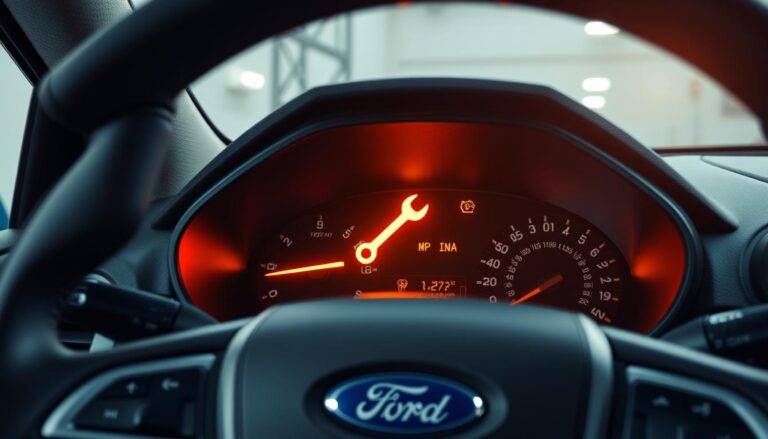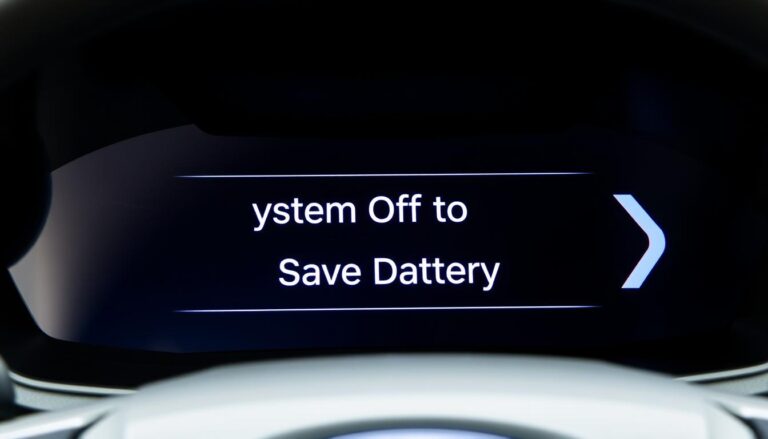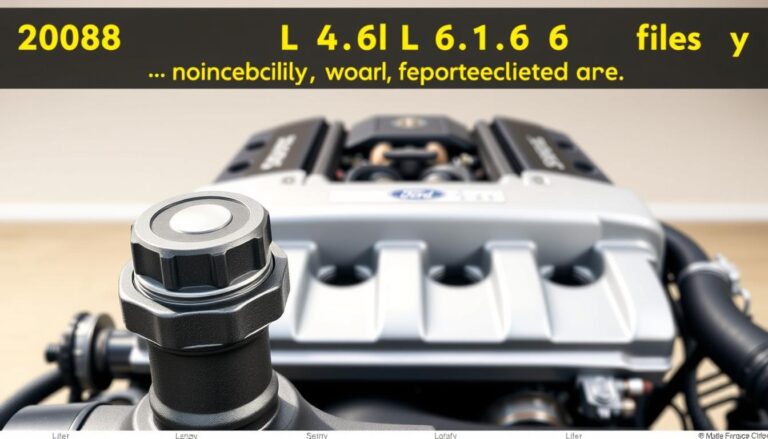Quick fixes can save time and keep you on the road. This short guide shows why some drivers face unreliable pairing and audio handoffs, and what to try now without a shop visit.
Start by isolating the fault. Learn to tell if the fault is the vehicle, your handset, or the head unit so you avoid chasing the wrong fix.
We cover fast checks, resets, and simple software housekeeping that often stop dropouts, unrecognized devices, or hands-free calling failures in minutes.
You will also see when to create a fresh pairing profile instead of repeating the same steps, and when a safe electrical pull and re-seat makes sense.
Finally, the guide explains a basic update strategy for the vehicle system and your phone to reduce pairing friction after updates. Real-world owner patterns are summarized to help you pick the most likely next step.
Key Takeaways
- Start with quick checks to identify whether the car or the phone causes the connection problem.
- Try resets and fresh pairing before more invasive steps.
- Safe power re-seating can fix module faults but follow precautions.
- Keep both the head unit and handset updated to reduce future pairing friction.
- Follow a stepwise action plan that escalates only if simple fixes fail.
Understand the Problem: Symptoms, Causes, and Quick Diagnostics
Start by spotting the signs. Intermittent audio dropouts, one-way call sound, a contact list that won’t populate, or a device that won’t appear after ignition all point to a failing sync layer rather than a single app fault.
Typical signs of a failing connection
Look for repeatable behaviors: does the car drop streaming audio but keep navigation sound? Is voice only heard on one side during calls? These clues narrow the fault.
Fast checks before deeper fixes
Run rapid triage: toggle the handset wireless setting, reboot the phone, and verify the radio is not muted or set to another input. Turn off other nearby paired devices so your phone does not jump to a different speaker.
“A quick reboot and isolating nearby devices solves the majority of simple pairing faults.”
When a fuse block or hardware might be the matter
If multiple infotainment features fail, check vehicle battery health and then the fuse block location. A single circuit fault can take down the radio and related modules, so note any patterns before assuming a software fix will help.
Step-by-Step Fixes for Ford Bluetooth Issues
Begin with a clean profile: remove saved pairings on both the vehicle head unit and your phone, then start discovery again. A fresh pair often resolves common bluetooth connection issues quickly.
Soft reset vs hard reset
Try a soft reset first—power-cycle the radio or use the unit’s restart menu. Reserve a full hard reset when menus freeze or audio routing repeatedly fails.

Pulling the fuse safely
If restarts do not help, identify the correct fuse in the fuse block and remove the designated mini blade circuit. Wait a few seconds before reinstalling so capacitors can discharge.
Always use insulated pliers and confirm the diagram to avoid pulling the wrong circuit. This power cut is a practical hard reset alternative that can fix module faults.
Phone-side steps and timing
On the handset, toggle wireless, clear the vehicle entry cache, and if needed do a network settings reset. Start discovery on the head unit first, then select the vehicle from the phone within a few seconds to catch the pairing window.
Update the system
If problems persist, update the radio/SYNC software to stabilize sync bluetooth performance. This often provides the lasting solution when handshake faults repeat.
Advanced Troubleshooting and Community-Reported Patterns
Community posts often point to environmental and profile causes rather than hardware failure. Read several threads before assuming a module fault.

Interference and multiple devices: nearby gadgets can interrupt pairing. Temporarily disable other wireless gadgets and remove extra saved pairings on both devices. Many users report success after re-adding one device and confirming stability before adding more.
Privacy settings and contact sharing: handset permissions can block contact lists or call logs. Toggle contact-sharing off, then back on, and grant permissions when prompted to restore caller ID and hands-free routing.
What drivers reported in 2022 Reddit threads
- In many 2022 reddit rereddit posts, posters recommend a full vehicle power cycle, then a clean phone reboot before pairing again.
- Commentary in continue thread superfastturtle2 and thread superfastturtle2 ago repeats: wait for the head unit prompt, then accept on the phone—don’t rush the discovery window.
- Contributors like xdarkxrosex and similar posts advise clearing the car entry and app cache when streaming works but calls fail.
“Removing all remembered devices then re-pairing a single phone fixed mine over a weekend.”
Note: Some how-to sites use cookies and overlays. Read the privacy policy to find clear instructions without distractions from advertising or consent prompts.
Conclusion
Wrap up with a short plan to restore a reliable bluetooth connection in your car. Remove old pairings on both the head unit and your phone, then create a fresh link and test call audio and music separately.
Give each step the proper time: allow the system to boot, wait a few seconds after power cycles, and pair one phone at a time to reduce conflicts. Use a gentle restart first, then a deeper reset, and only remove the designated fuse or access the fuse block if the unit stays frozen.
When you service that slot, handle the part with insulated pliers and seat it fully. If wiring or a hardware block seems likely, seek professional diagnosis before replacing parts. Most drivers find the lasting solution comes from a clean re-pair, measured steps, and patient timing.
FAQ
Why does my car fail to discover my phone even though the handset shows wireless is on?
First, confirm the vehicle is in discoverable or pairing mode and that the car entry shown on your phone matches the head unit name. Turn the handset’s wireless radio off and on, reboot the phone, and clear any stale car entries on both devices. Disable other nearby paired gadgets so the phone doesn’t auto-connect elsewhere. If the head unit’s screen is sluggish or unresponsive, perform a soft restart of the system before attempting pairing again.
What quick checks tell me if the problem is the phone, the head unit, or the car’s power?
Try pairing a second phone to the vehicle; if it pairs reliably, the issue is likely the original handset. Conversely, if no phones pair, suspect the head unit or power. Verify vehicle battery voltage and that other infotainment functions work—if multiple features fail, inspect the fuse block and relevant circuit. Also test media streaming and hands-free calling separately; one can work while the other fails, pointing to software or permission gaps on the phone.
How do I safely perform a hard reset by removing the SYNC fuse?
Locate the owner’s manual diagram for the correct fuse slot, switch off ignition, and remove the key. Use insulated pliers to extract only the designated mini blade fuse. Wait 10–30 seconds to let capacitors discharge, then reinstall securely. After power is restored, let the head unit fully boot before attempting to pair to avoid partial or corrupted profiles.
When should I delete and re-pair instead of repeating the same steps?
If you see transient connections that quickly drop, or if the phone appears in the device list but won’t complete contact or call sync, remove the pairing on both sides and start fresh. Stale profiles often cause repeated failures; a clean re-pair typically restores stable call routing and media streaming faster than repeated retries.
What phone-side settings often block hands-free calling even when audio streaming works?
Check privacy and permission settings on your phone: contact sharing, call history access, and microphone permissions can prevent caller ID, contact sync, or call audio. Toggle those permissions off and back on, then re-pair if needed. Clearing app-level caches for music or phone apps can also resolve mismatches between streaming and call paths.
How do I time the pairing steps to avoid a stalled handshake?
Put the head unit into pairing mode first, then immediately open your phone’s Bluetooth device list and select the car entry within a few seconds. Wait for the on-screen prompt on both devices before confirming. Community experience shows rushing or initiating from the phone too early often produces partial profiles that fail later.
Are software updates important for resolving connection instability?
Yes. Update the head unit/SYNC software when available and ensure your phone’s OS is current. Install updates on the vehicle following manufacturer instructions, and reboot both systems after update completion. Compatibility mismatches between outdated firmware and modern handsets frequently cause intermittent dropouts.
Could radio-frequency interference or other devices be the cause?
Yes. Nearby active devices, headsets, or chargers can interfere with discovery and pairing. Temporarily disable other Bluetooth devices, remove phone cases that block antennas, and avoid high-RF areas when pairing. If problems ease after those steps, reintroduce devices one at a time to identify the source.
I followed online threads from 2022 and community posts but still have intermittent failures. What next?
Consolidate the checklist you followed: which posts (for example, noted threads by active contributors), exact steps, and timing between power cycles. Repeat a disciplined sequence—full power cycle of the vehicle, handset reboot, single-device pairing—and document results. If the issue persists, take your notes to a dealer or diagnostic shop to avoid repeating unproductive steps.
How can I avoid damaging components when accessing the fuse block or removing a circuit?
Always consult the vehicle manual for the correct fuse location. Use insulated pliers and extract only the targeted fuse. Handle it gently and ensure the fuse sits fully when reinstalled; a loose fit can recreate intermittent faults. If you’re unsure, ask a technician to perform the power-cycle removal to prevent wiring or module damage.


